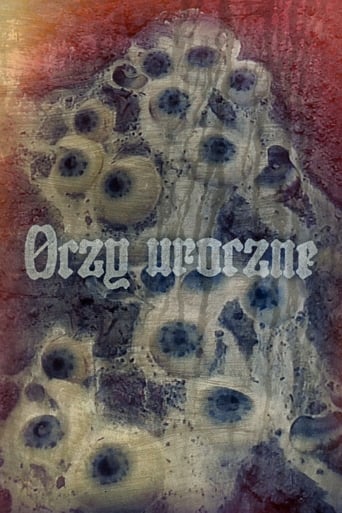
20 Jul 1977

Bewitching Eyes
A Polish folktale set in the Middle Ages, tells the story of a man, whose eyes, or the gaze of them, brings upon death.
Diwan, a lyric anthology, an outdoor movie with people. With people living in the surrounding precious and very beautifully photographed nature, are neither more nor less than one part of it. What Nekes manages there with landscape, as a cunning and quote many fine artist in a medium that runs in time, as he defeated the time changed, by themselves for change of scenery uses, as it interferes with the laws of chronology through the rewind ability of the camera or destroyed, which is a compelling and highly aesthetic experimental company.

20 Jul 1977

A Polish folktale set in the Middle Ages, tells the story of a man, whose eyes, or the gaze of them, brings upon death.
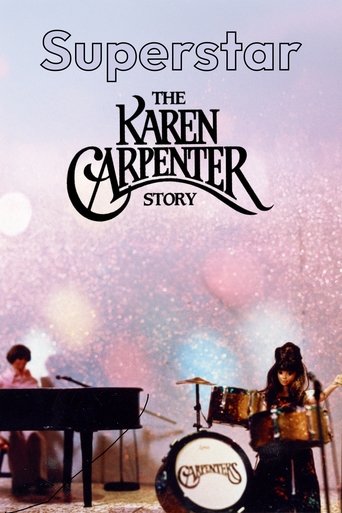
15 Jul 1987

The final 17 years of American singer and musician Karen Carpenter, performed almost entirely by modified Barbie dolls.
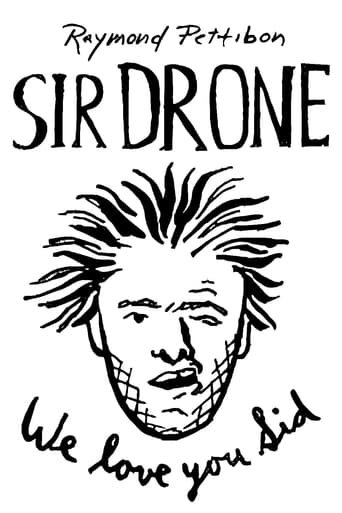
13 Sep 1989

Three teenagers from the industrial part of Los Angeles try to form a punk rock band in Hollywood, in this feature length film by renowned artist Raymond Pettibon.

02 Aug 1970

A countryman kills his father and heads for the big city. On his way, he meets the most bizarre and allegorical types: a robber, a drag queen who thinks he's Carmen Miranda, a black king, a fallen black angel, a priest, two whores, a pregnant cowboy, among others.
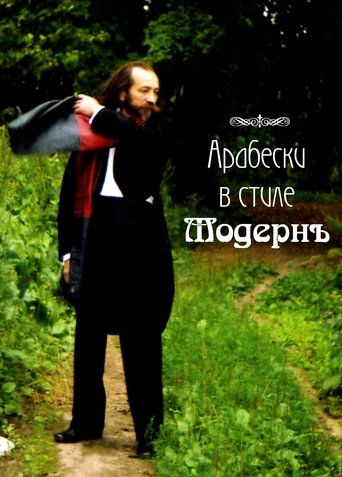
05 Jun 2010

The film is an allegory in which the attempt is made to show the inner process of movement of the composer's soul at the time of the birth of music.
09 Apr 2021
A personal, subjective journey into the mind of Greta Thunberg, before realizing her calling as a climate activist. While struggling with mental health issues and bullying because of her Aspergers, she also grapples with the sense of impending doom due to the climate crisis. These same struggles and fears drive her to make change and become the person she is today.
20 Feb 2015
Experimental short film that explores the feelings of 17-year-old Li Xia who searches for purpose and intimacy while trapped in Diyu, or "hell" in Chinese mythology.
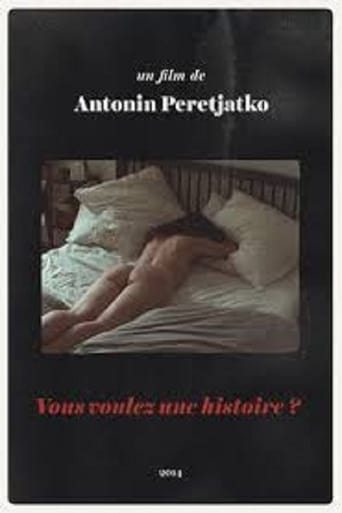
26 Jun 2014

You want a story ? Put two girls on a train and imagine that one of them is a redhead.
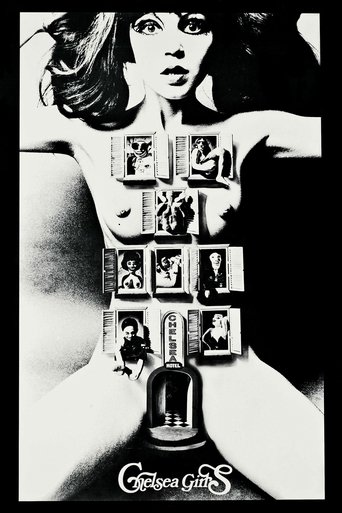
01 Sep 1966

Lacking a formal narrative, Warhol's mammoth film follows various residents of the Chelsea Hotel in 1966 New York City. The film was intended to be screened via dual projector set-up.

27 Sep 1989

The tragicomedy of the absurd, is based on the works of Daniil Kharms (1905-1942). Trying to recreate reality 30s, who came to the flowering of creativity Harms, the director plays the style of filming, acting at that time and enters into the picture, "the aged" sound. Thus, it is possible to achieve maximum reliability of the author's text and sound to help the viewer to immerse themselves in the atmosphere in which he lived and worked classic absurdity. This is - a world of illusions, allusions and associations, reflecting a stream of consciousness of the creator living in an era of silence.
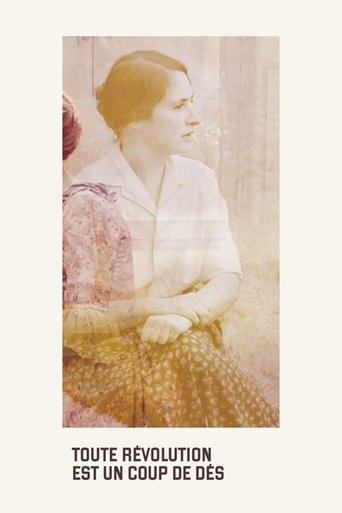
07 Dec 1977

A tribute to Mallarmé that not only asserts the continuing relevance of his work but also confronts its literary ambiguities with political and cinematic ambiguities of its own. In outline, the film could not be more straightforward: it offers a recitation of one of Mallarmé’s most celebrated and complex poems (it was his last published work in his own lifetime, appearing in 1897, a year before his death) and proposes a cinematic equivalent for the author’s original experiment with typography and layout by assigning the words to nine different speakers, separating each speaker from the other as she or he speaks, and using slight pauses to correspond with white spaces on the original page.
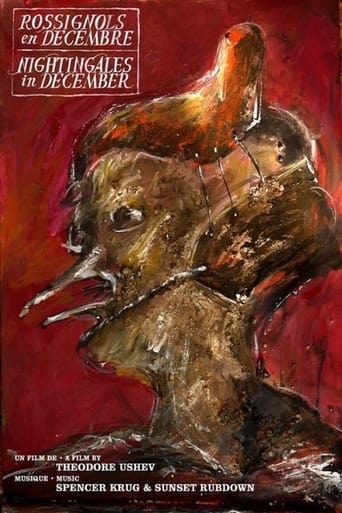
14 Mar 2012

This metaphorical surrealist tale is an allusion. NIGHTINGALES IN DECEMBER is a trip into the memories, and the fields of the current realities. What if the Nightingales were working, instead of singing and going south? Is the innocence the only savior of birdsongs? There are no Nightingales in December... What is left, is only the history of our beginning, and our end.
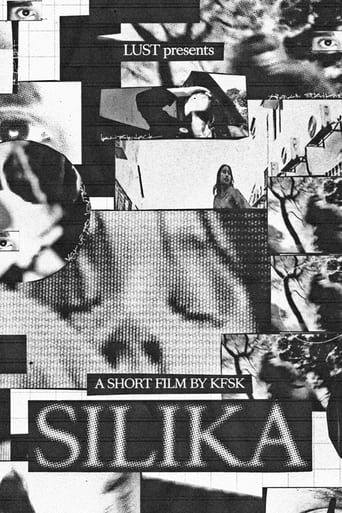
09 Apr 2021

It follows the filmmaking journey of two filmmakers as they navigate through the urban sprawl of inner KL during the pandemic. It showcases the city in a raw, exposed and gritty fashion but still with a certain charm. Throughout their filmmaking process, they capture the peculiar events in the life of three strangers: the son (Fakhrul Aiman), the outsider (Eli Orkid) and the hustler (Nidusmas). They happen to express themselves in extreme ways at the sight of their own reflection in “the vantablack” -- they snap into a state of mind where they lose all their inhibitions and show their true self in a very physical way: through visceral, almost primal dance movements.

24 Nov 2019

An average working man who is alone in a world of deception finds himself in a marriage of convenience.
24 Sep 2016
A high school student attempting to complete his musical opus keeps getting distracted by the intense fights of his mentally imbalanced father and overly doting mother.
17 Oct 2009
An exiled poet returns to his native homeland of Pangasinan province after many years of absence. Through a mystical soul journey, he reclaims his primal connection to the water (danum), to the land (dalin), and to the people (katooan) where in the end he finds a home to anchor his wandering soul.
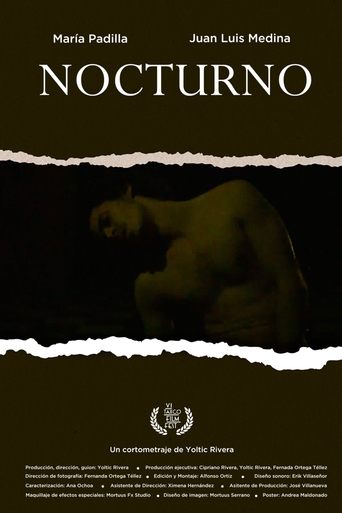
23 Apr 2021

After ending a very close relationship, Manuel falls into melancholy and begins to rethink his way of loving. Within his thoughts are the social problems that surround him. He realizes that with these comes a rethinking of what love is. An idea that we have been carrying for a long time: the idea that to love is to possess.
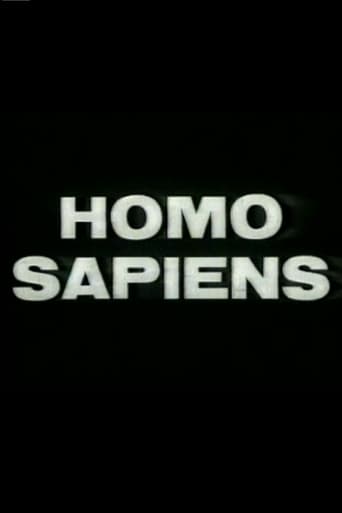
30 Sep 1969

The first film in Vlatko Gilić’s Sisyphean trilogy, Homo sapiens follows a suited man as he takes a trek back and forth across a sandy desert to fill an oversized barrel using a woefully small tub of water. Shot in stark black and white and edited to achieve a dreamlike quality, the man’s devotion to this task is tested and taunted by a young couple that frolics around the barrel.
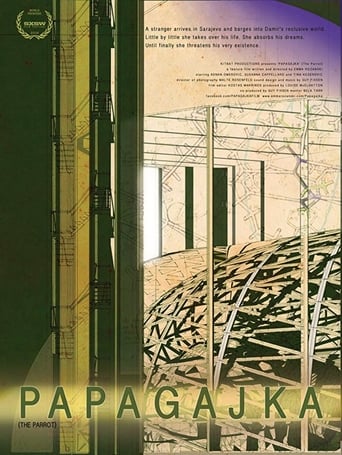
13 Mar 2016

A stranger arrives in Sarajevo and barges into Damir's reclusive world. Little by little she takes over his life. She absorbs his dreams, until finally she threaten his very existence.

03 Oct 1992

A Japanese salaryman finds his body transforming into a weapon through sheer rage after his son is kidnapped by a gang of violent thugs.